

Max Davies
2026 GWM Cannon Ultra review
6 Days Ago
The Government has formalised its pledges to expand electric vehicle uptake through tax exemptions, fleet purchases and expanded infrastructure.

News Editor
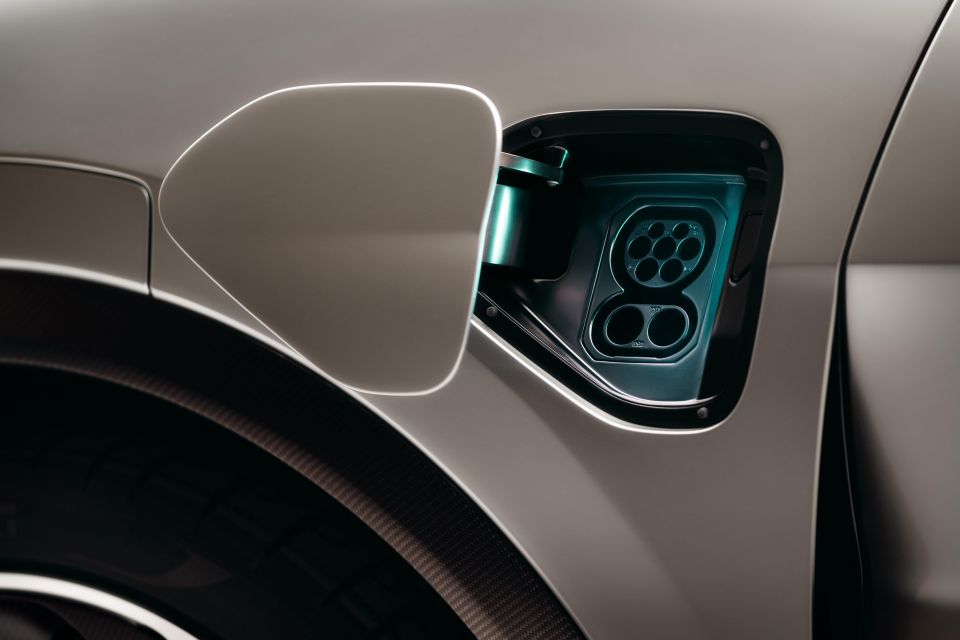

News Editor
The 2022-23 Federal Budget has been handed down, and includes commitments to charging infrastructure and electric vehicle incentives made during the election campaign.
There were few surprises in the Budget in this area, with the Albanese Labor Government reiterating its commitment to Australia’s first National Electric Vehicle Strategy, plus the Driving the Nation Fund.
The latter will see $275.4 million invested over the next six years, bringing total investment for electric and hydrogen vehicle infrastructure to over $500 million.
This includes:
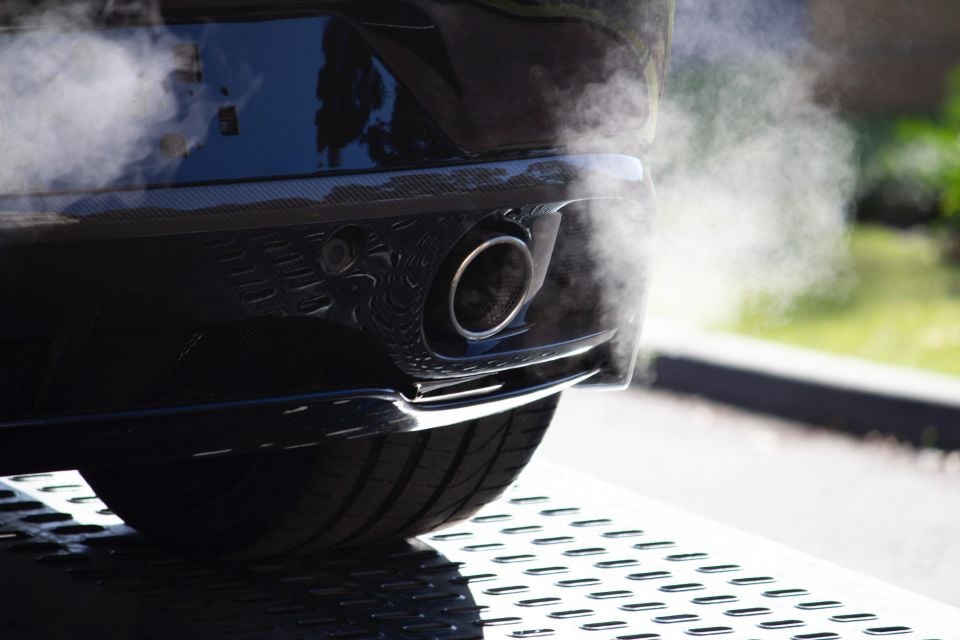
It’s also investing $14 million over the next four years for the Australian Automobile Association (AAA) to conduct on-road emissions and fuel consumption testing of light vehicles sold in Australia.
The Australian Government has also committed to its fleet purchases and leases being 75 per cent electric by 2025, in a move to not only reduce fleet emissions but also populate the secondhand EV market.
It has budgeted this move at $15.9 million over the next four years.
The Budget also includes one piece of legislation already before the Senate which would see certain electric vehicles exempted from fringe benefits tax.
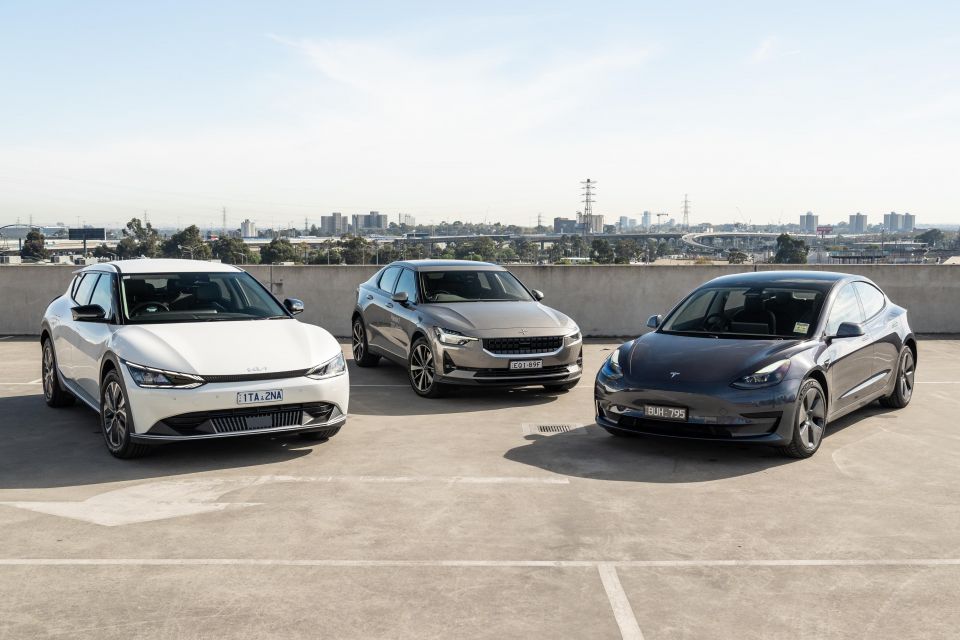
This proposed ongoing FBT exemption will apply to battery electric cars (BEV), hydrogen fuel-cell electric cars (FCEV), and plug-in hybrid electric (PHEV) cars, and will be reviewed after three years, the government says.
To qualify, the low-emissions vehicle must have a first retail price below the current relevant luxury car tax threshold of $84,916 (for 2022-23), and have been first made available for use on or after July 1 of this year – meaning the legislation will be backdated.
The Labor Government claims an employer offering a circa $50,000 EV to an employee as a fringe benefit could save up to $9000 a year.
It also claims individuals using a salary sacrifice arrangement to pay for the same model could save up to $4700 a year.
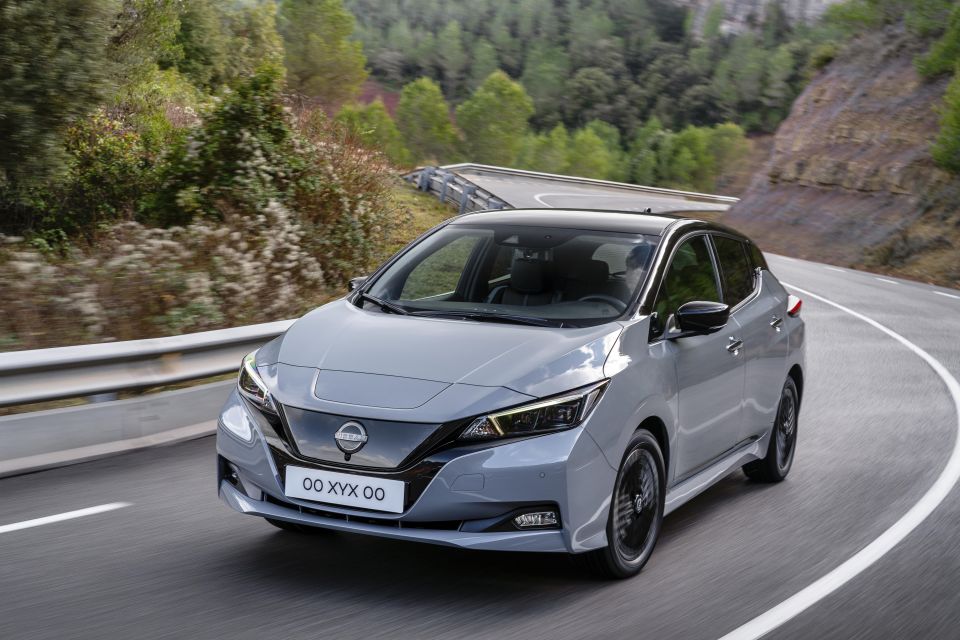
The Government plans for its Electric Car Discount, costed at $345 million overall, to exempt eligible EVs from the five per cent import tariff. This would affect only EVs from Europe, with most EVs sold in Australia not subject to this tariff.
It says removing customs duties will help an EV purchaser save up to an additional $2500 if the vehicle was previously subject to an import tariff.
The Electric Car Discount program is estimated to decrease fringe benefits tax receipts by $10 million this financial year and $75 million up to the 2025-26 financial year.
A survey commissioned by Small Business Loans Australia found 40 per cent of Australian businesses would purchase an electric vehicle by the end of 2023 should the legislation pass.
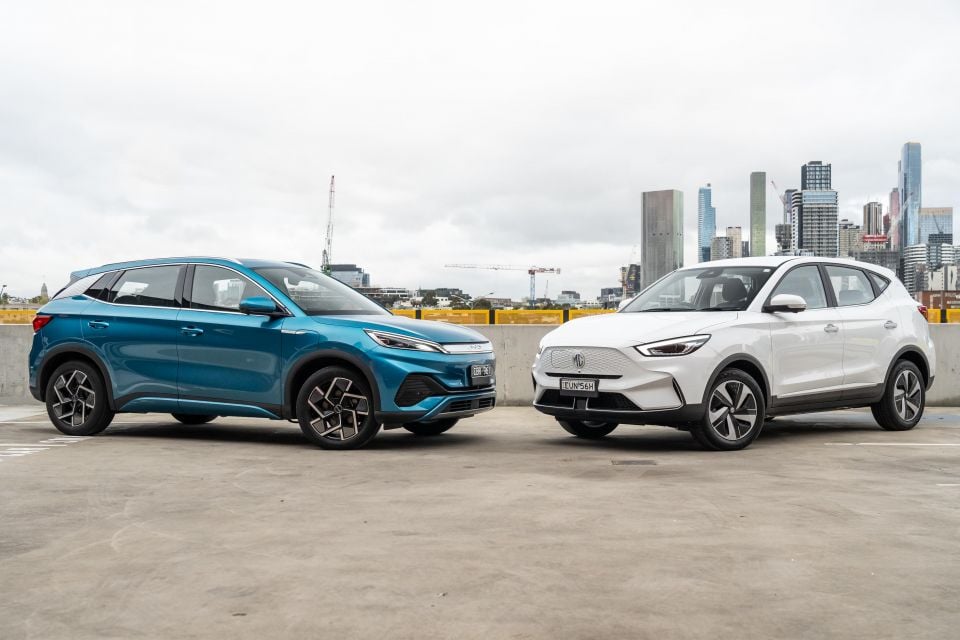
“The Federal Government understands that the price of electric vehicles has been a major barrier to their adoption in Australia,” said Small Business Loans Australia founder and managing director Alon Rajic.
“Our research suggests that the removal of this barrier will have an enormous positive influence on business purchase decisions.
“It also indicates that Australian business owners support realistic Government efforts to achieving net-zero emissions – so much so, that they would get financing on their vehicles in a climate of fast-rising interest rates.”
MORE: National EV Strategy: Government releases consultation paper MORE: Coalition slams Government’s EV incentives bill MORE: Derided FCAI supports ‘courageous’ Government EV push
William Stopford is an automotive journalist based in Brisbane, Australia. William is a Business/Journalism graduate from the Queensland University of Technology who loves to travel, briefly lived in the US, and has a particular interest in the American car industry.


Max Davies
6 Days Ago


Josh Nevett
5 Days Ago


Max Davies
5 Days Ago


Max Davies
3 Days Ago


Neil Briscoe
2 Days Ago


Max Davies
1 Day Ago